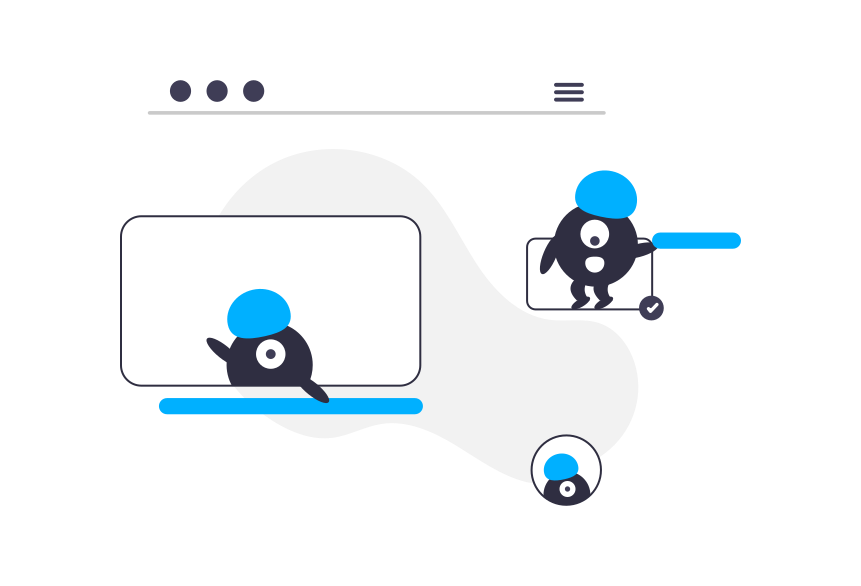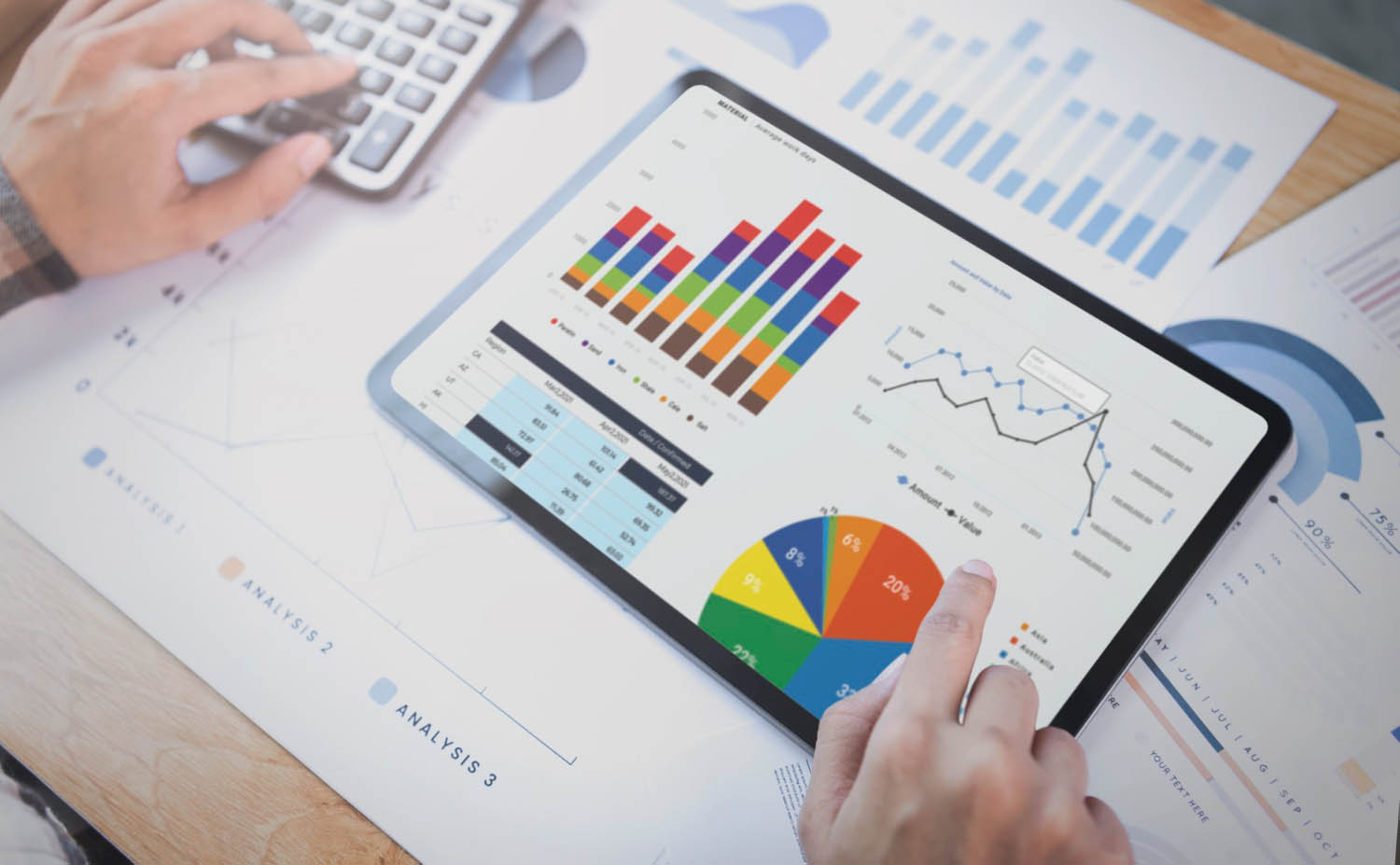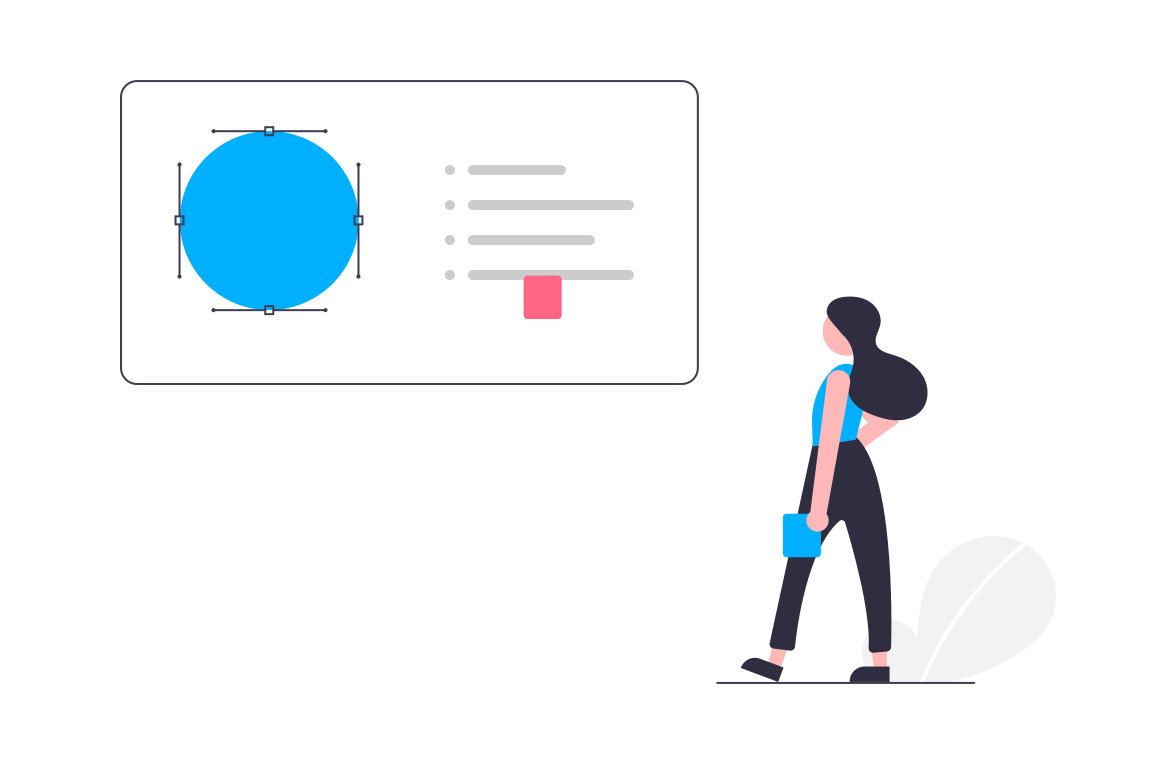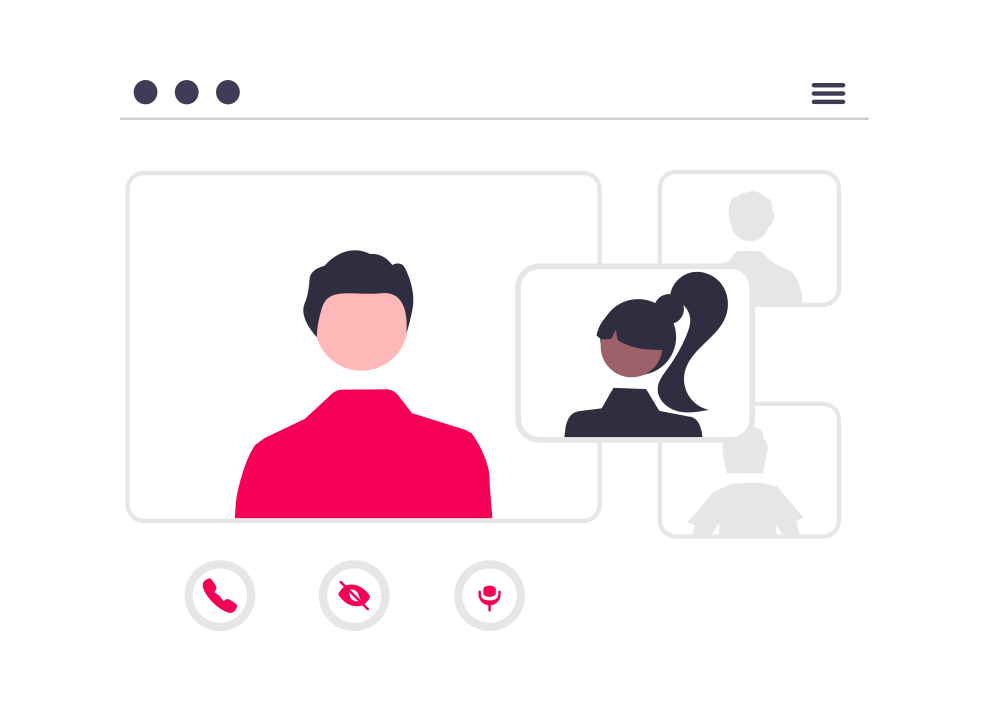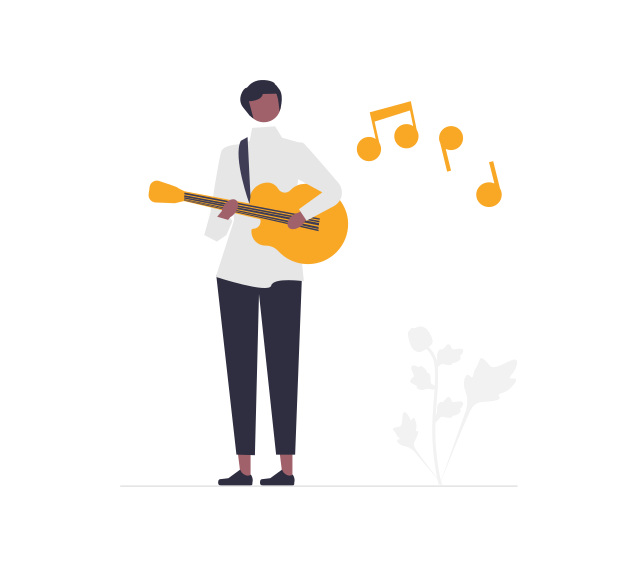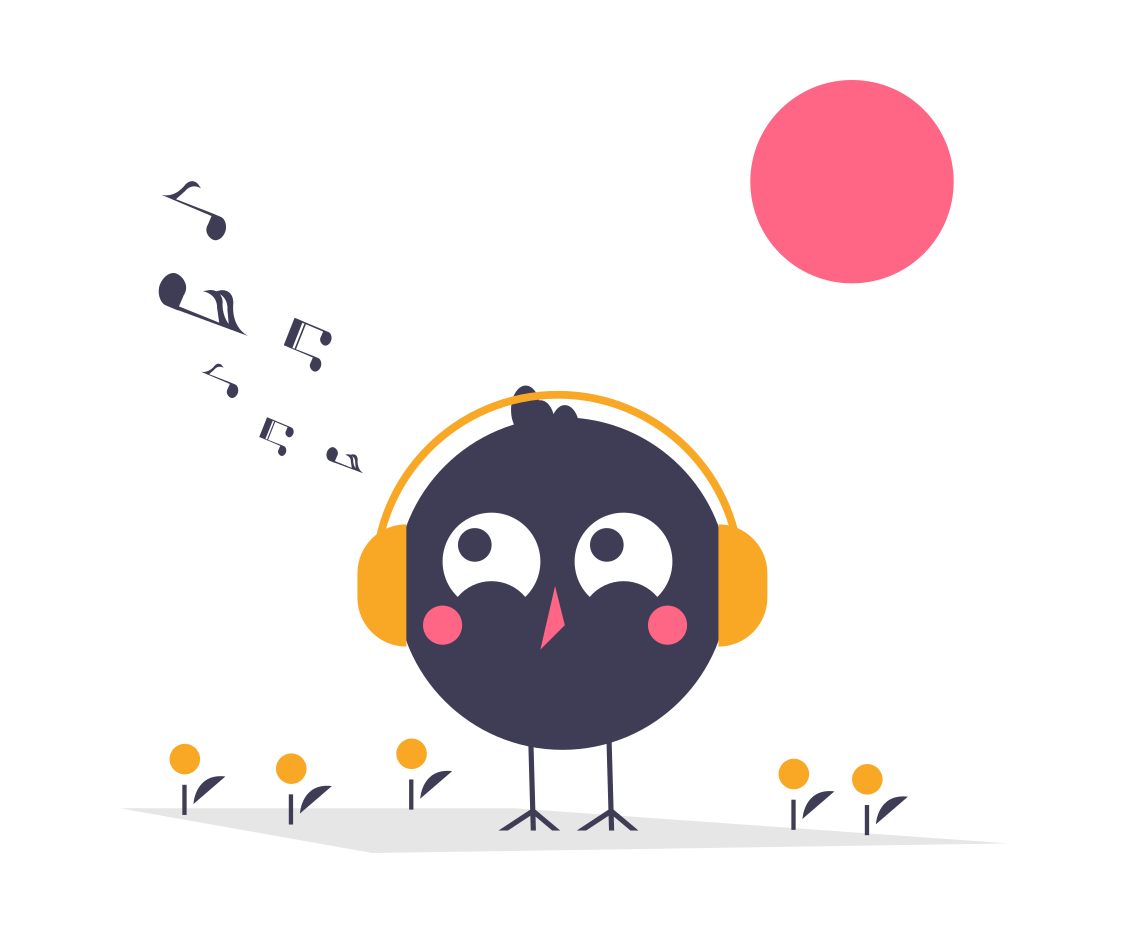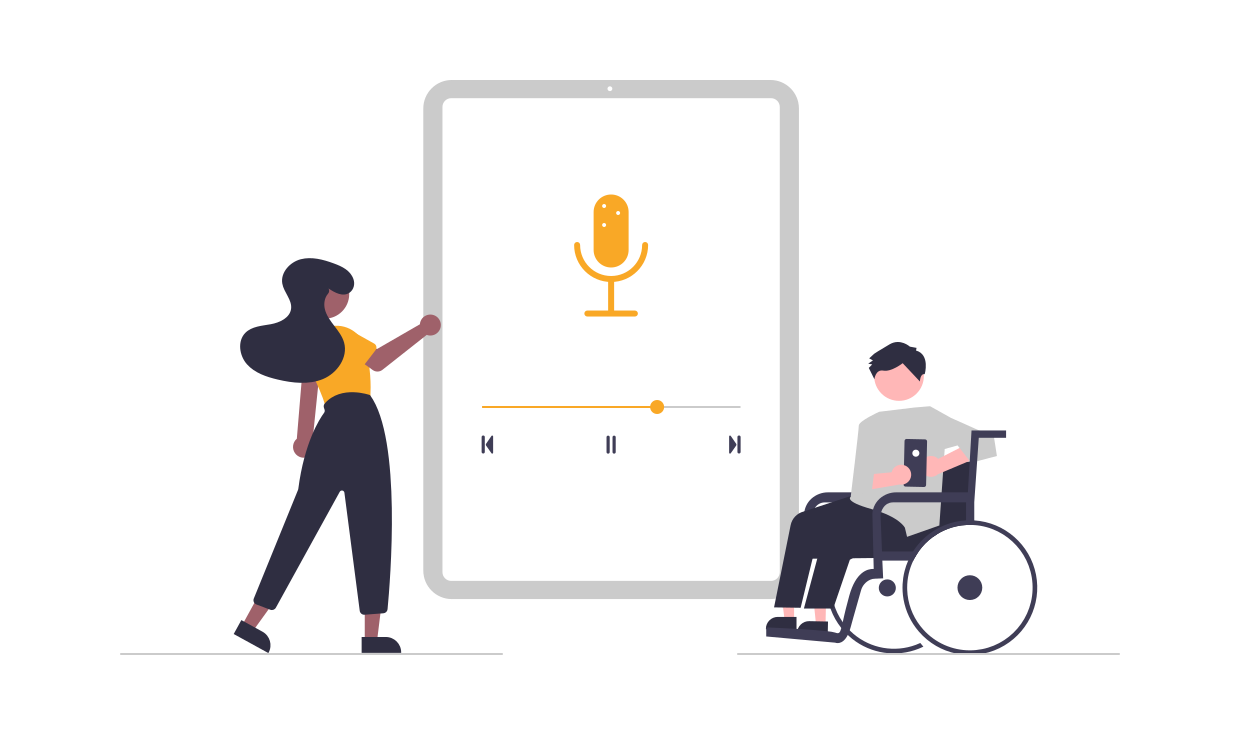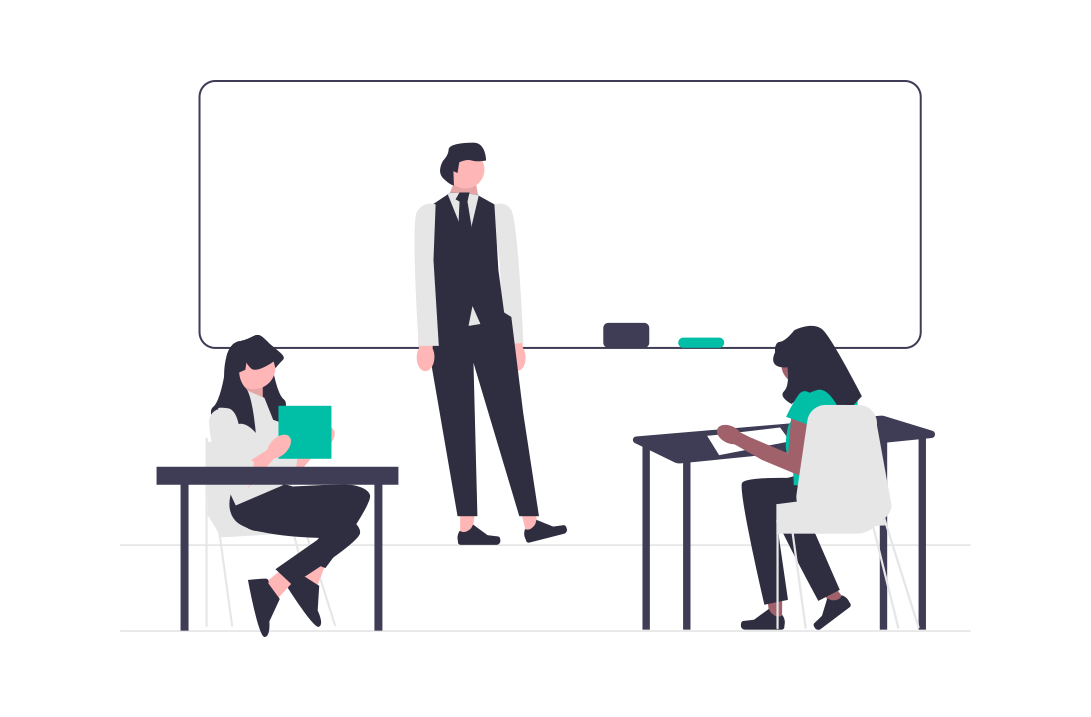Discover. Learn. Enjoy
platform for creatives around the world
Browse Topics
How does it work?
-
Search your favourite topic
Lorem ipsum dolor sit amet consectetur adipisicing elit. Reiciendis, cumque magnam? Sequi, cupiditate quibusdam alias illum sed esse ad dignissimos libero sunt, quisquam numquam aliquam? Voluptas, accusamus omnis?
-
Bookmark & Keep it for yourself
Lorem ipsum dolor, sit amet consectetur adipisicing elit. Sint animi necessitatibus aperiam repudiandae nam omnis est vel quo, nihil repellat quia velit error modi earum similique odit labore. Doloremque, repudiandae?
-
Read & Enjoy
Lorem, ipsum dolor sit amet consectetur adipisicing elit. Animi vero quisquam, rem assumenda similique voluptas distinctio, iste est hic eveniet debitis ut ducimus beatae id? Quam culpa deleniti officiis autem?
Want to learn more? Check out Youtube
Frequently Asked Questions
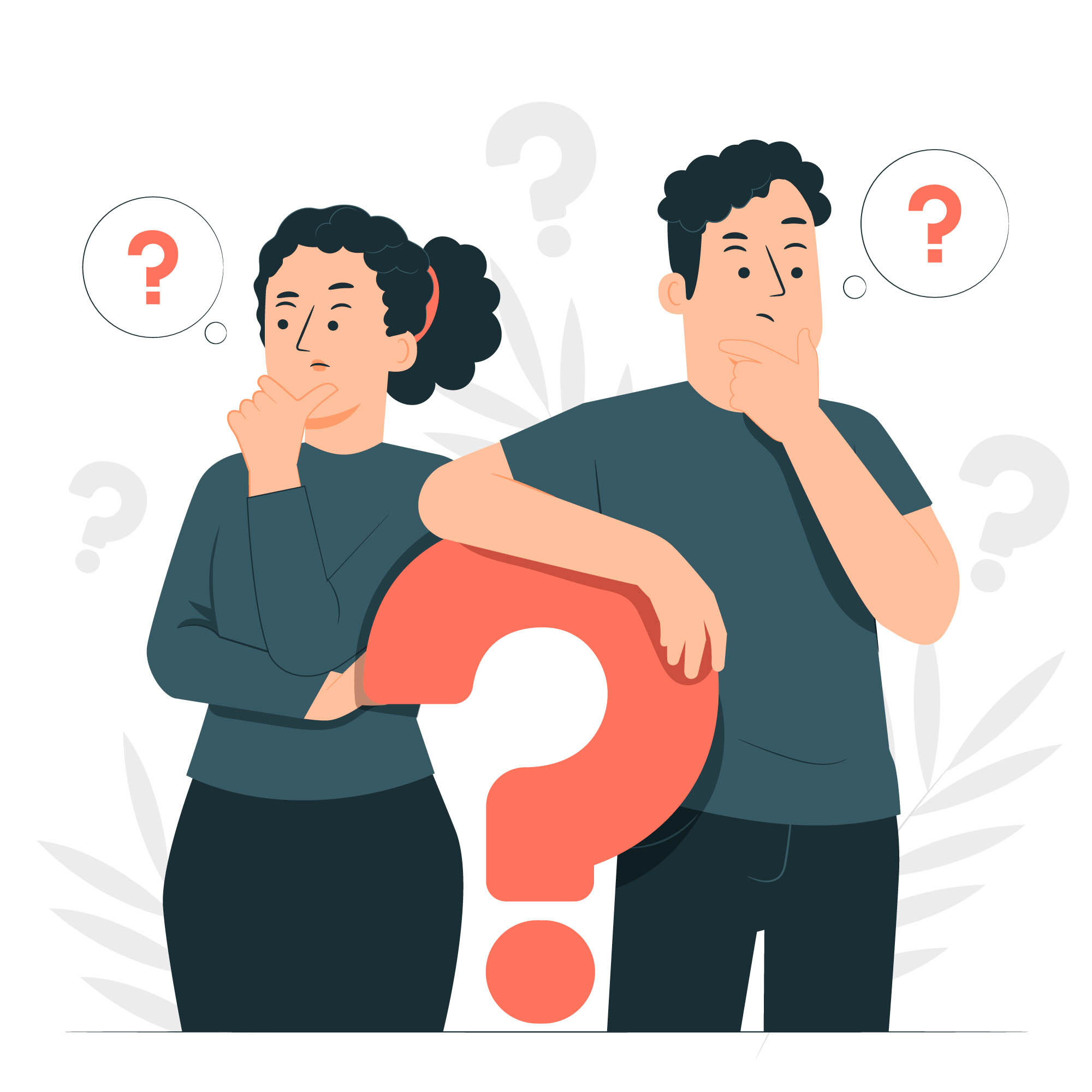
.accordion-body, though the transition does limit overflow.
Get in touch
Head office
Bay St &, Larkin St, San Francisco, CA 94109, United States
Phone 305-240-9671
Email info@company.com
Dubai office
Burj Park, Downtown Dubai, United Arab Emirates
Phone 110-220-3400
Email info@company.com
